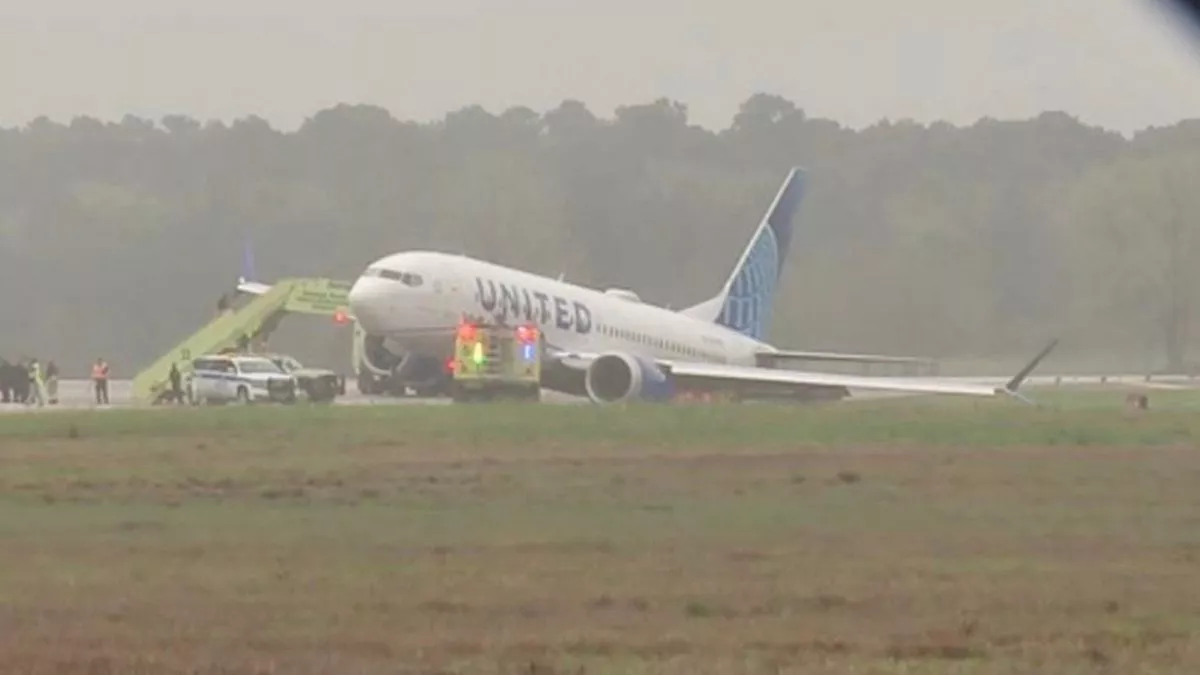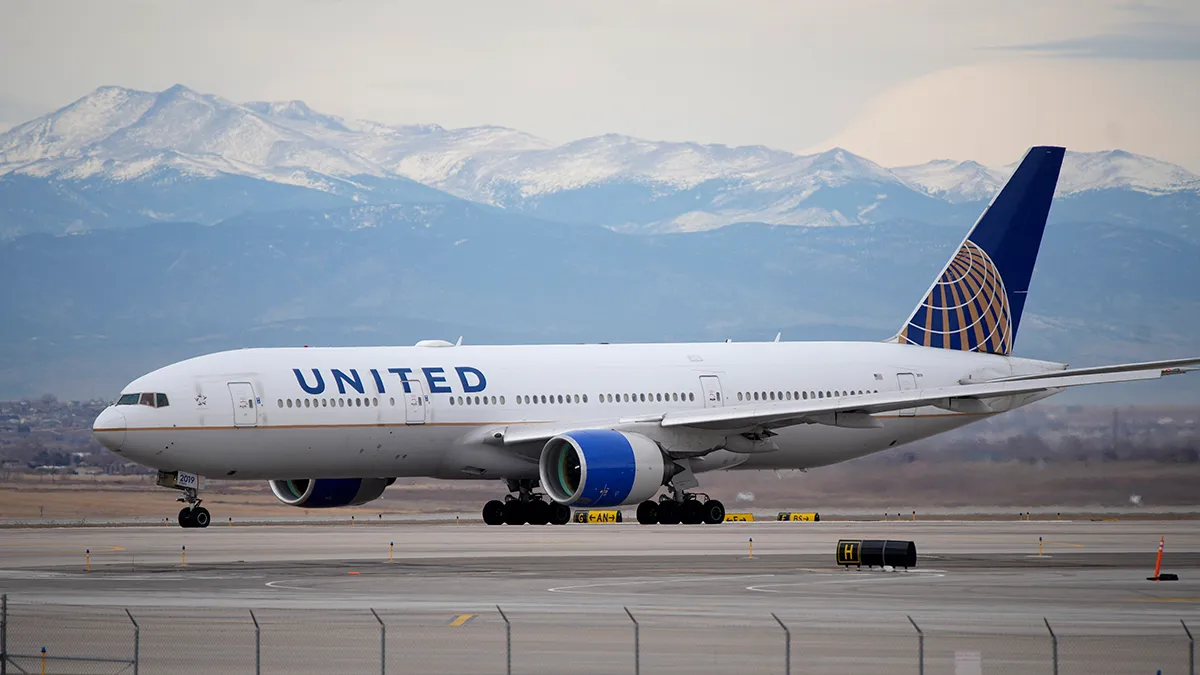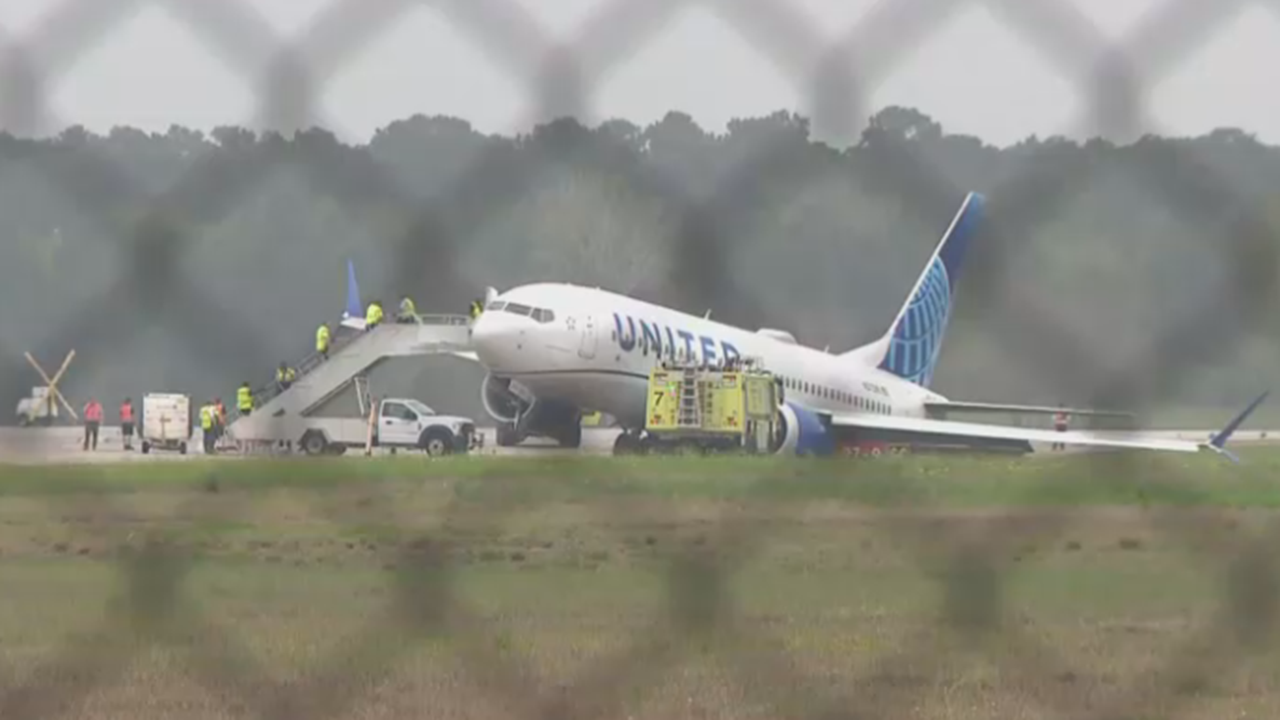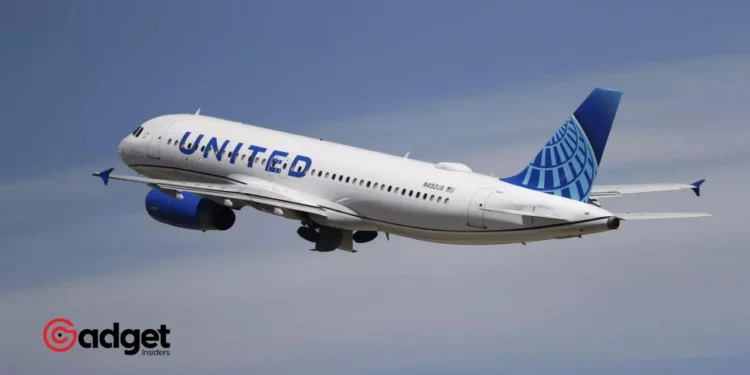In a startling event that gripped the aviation industry last month, a Boeing 737 Max operated by United Airlines found itself in a precarious situation that could have ended in disaster. The aircraft, under the command of experienced pilots, veered off the taxiway at George Bush Intercontinental Airport in Houston, narrowly avoiding a catastrophic outcome.
This incident has once again thrown the spotlight on aviation safety, ground operations, and the challenges pilots face under adverse conditions.

United Airlines: A Pilot’s Perspective
The captain of the United Airlines jet provided a harrowing account of the moments leading up to the slide. Despite the seemingly dry appearance of the runway as they broke through the clouds, the reality was far from normal.
The effectiveness of the brakes was not as the captain had anticipated. In his own words, the brake pedals and the plane itself shook violently, hinting at a situation far from the routine landing procedures pilots are accustomed to.
This unexpected turn of events led to a critical decision: the captain disabled the auto brakes in a bid to manage the descent manually, prioritizing the comfort of the passengers aboard and the efficiency of the landing process.
United Airlines 737 Max Incident: Pilot Reports Ineffective Brakes Before Taxiway Slide
– The Associated Press #aviation https://t.co/RxYcjWNgBVhttps://t.co/1ULzxRkbfY— Hype (@HypeAviation) April 4, 2024
Differing Perceptions and A Decision to Disable Autobrakes
Upon touchdown of the Boeing 737 Max of United Airlines, a discrepancy in perception between the captain and the co-pilot emerged. While the runway appeared dry to the captain, the co-pilot had reservations, believing it to be wet.
This difference in judgment is crucial, as it reflects the split-second decisions pilots must make, often relying on their instincts and experience. The decision to disable the auto brakes—a feature designed to automate braking under certain conditions—was made at the captain’s discretion.
His intention was clear: to ensure a smooth deceleration that would not alarm passengers, while also trying to vacate the runway as efficiently as possible.

The Unforeseen Outcome: A Slide Off the Taxiway
As the United Airlines aircraft approached the end of the runway, the situation took a turn for the worse. Despite the captain’s efforts to steer the plane safely onto a taxiway, the Boeing 737 Max slid off, propelled into a grassy area adjacent to the taxiway at a speed of 25 mph (40 kph).
The aftermath was a heavily damaged aircraft, with the left main landing gear detached after colliding with a concrete structure. Miraculously, there were no injuries among the passengers or crew, a testament to the captain’s handling of the aircraft in the final moments.

An Ongoing Investigation and Assurance of Safety
The National Transportation Safety Board (NTSB) has released a preliminary report on the March 8 incident but has yet to determine the cause of the flight of United Airlines. Such investigations are thorough and can take a year or more to conclude.
In the wake of this and other recent incidents involving United Airlines, the airline’s chief executive has stepped forward to reaffirm the company’s commitment to safety, seeking to reassure passengers of the airline’s rigorous safety protocols.
This incident serves as a stark reminder of the unpredictable nature of aviation and the paramount importance of safety in every aspect of flight operations.
As investigations continue, the aviation community and passengers alike will be keen to understand the sequence of events that led to this near-miss and the lessons that can be learned to prevent future occurrences.
The resilience of the passengers and crew, along with the quick response of airport emergency services, highlights the strength of current safety measures, even as the industry strives for continuous improvement.










